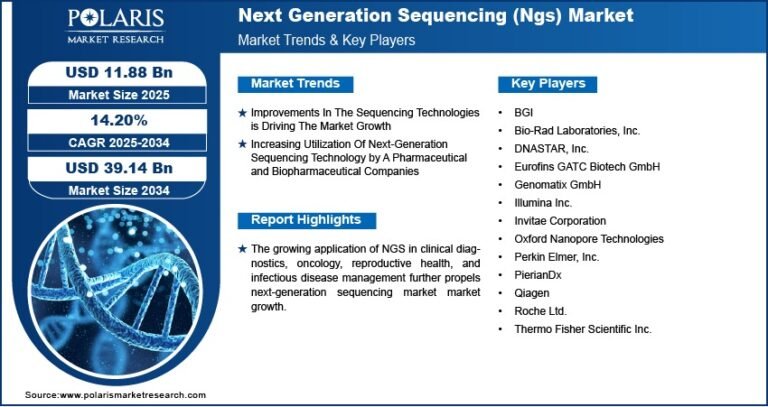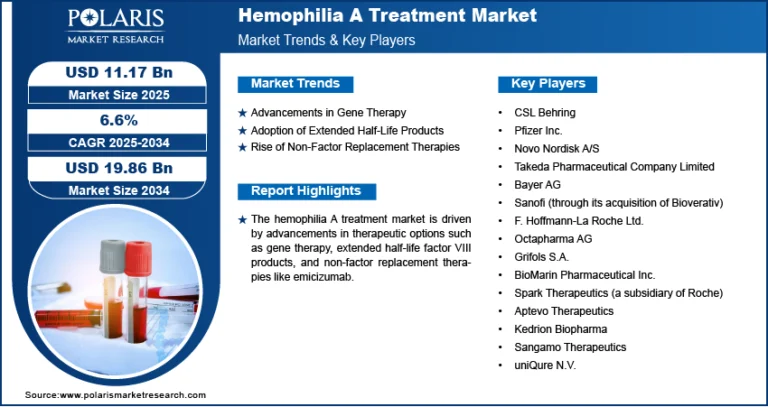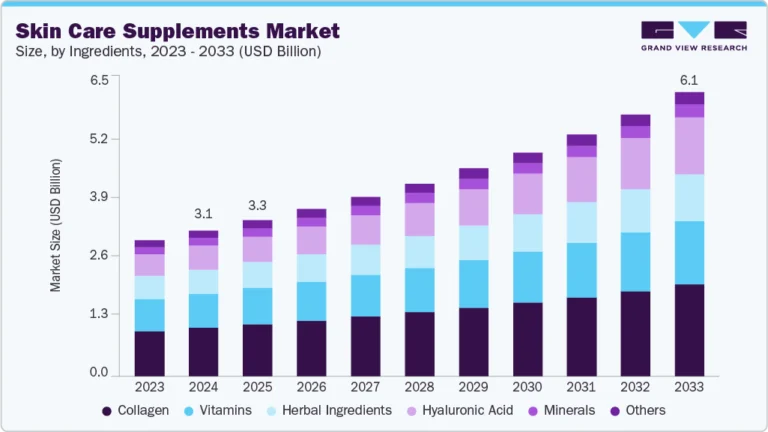Endometrial Ablation Market expected to be valued at USD 2,052.22 million by 2034, expanding at a CAGR of 5.1%

The endometrial ablation market was valued at USD 1,250.93 million in 2024 and is projected to grow from USD 1,311.60 million in 2025 to USD 2,052.22 million by 2034, registering a CAGR of 5.1% during the forecast period from 2025 to 2034. The growth of the endometrial ablation market is primarily driven by the rising prevalence of gynecological conditions like abnormal uterine bleeding, along with the increasing demand for minimally invasive surgical procedures.
Trends & Insights (4 Key Points):
- Growing Prevalence of Abnormal Uterine Bleeding (AUB): An increasing number of women are experiencing AUB due to hormonal imbalances, fibroids, and other gynecological conditions, driving demand for endometrial ablation as a minimally invasive solution.
- Preference for Minimally Invasive Procedures: Rising demand for outpatient, minimally invasive gynecological treatments is fueling adoption of endometrial ablation techniques due to reduced recovery time and lower healthcare costs.
- Technological Advancements in Ablation Devices: Continuous innovation in ablation technologies, such as radiofrequency and cryoablation systems, is improving procedural safety, efficacy, and outcomes, expanding their use in both developed and emerging markets.
- Increasing Awareness and Early Diagnosis: Enhanced awareness of menstrual health and improved access to diagnostic tools are enabling earlier intervention for conditions like AUB, further supporting the growth of the endometrial ablation market.
𝐆𝐞𝐭 𝐄𝐱𝐜𝐥𝐮𝐬𝐢𝐯𝐞 𝐒𝐚𝐦𝐩𝐥𝐞 𝐏𝐚𝐠𝐞𝐬 𝐨𝐟 𝐓𝐡𝐢𝐬 𝐑𝐞𝐩𝐨𝐫𝐭:
Market Size & Forecast:
- Market Size (2025): USD 1,311.60 million
- Revenue Forecast (2034): USD 2,052.22 million
- CAGR (2025–2034): 5.1%
Generic Market Overview (2 Paragraphs):
The endometrial ablation market is gaining momentum due to the rising need for alternatives to hysterectomy in treating abnormal uterine bleeding. This procedure offers a minimally invasive approach that reduces hospital stays, complications, and recovery times while improving the quality of life for patients. With the rising demand for uterine-preserving procedures and favorable reimbursement policies in many regions, endometrial ablation is becoming an increasingly preferred option in gynecologic care.
In addition to clinical benefits, the market is being driven by the aging female population and increasing awareness surrounding reproductive health. Healthcare providers are increasingly adopting advanced ablation devices that ensure precision, shorter procedure times, and high patient satisfaction. As healthcare systems focus more on value-based care, outpatient procedures like endometrial ablation are expected to gain further traction globally.






